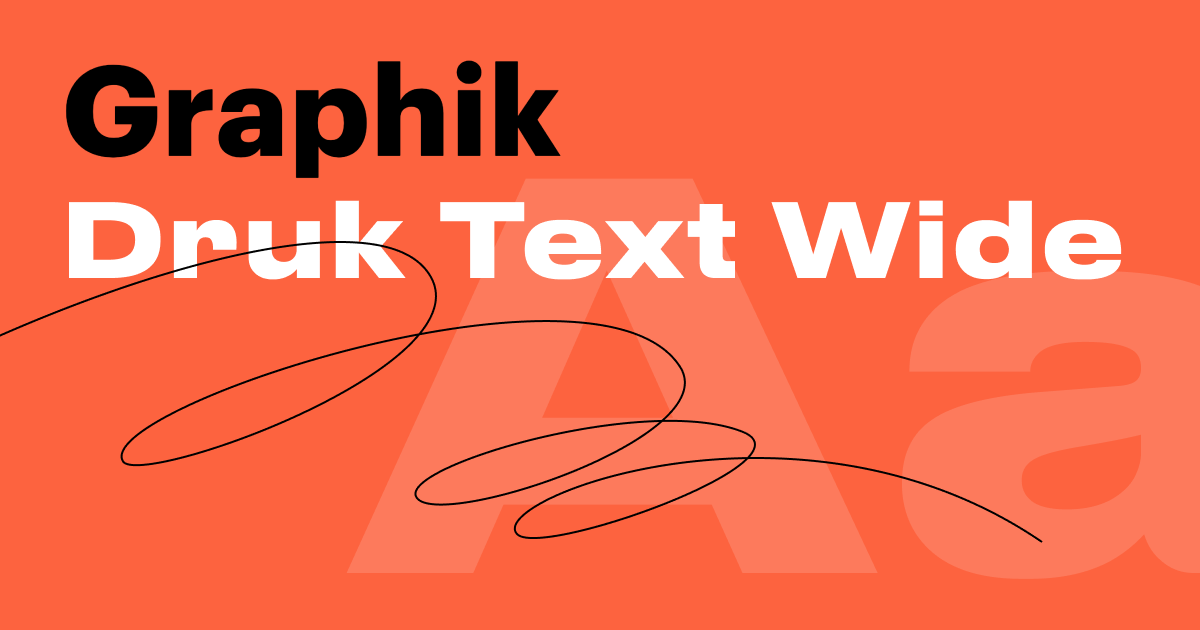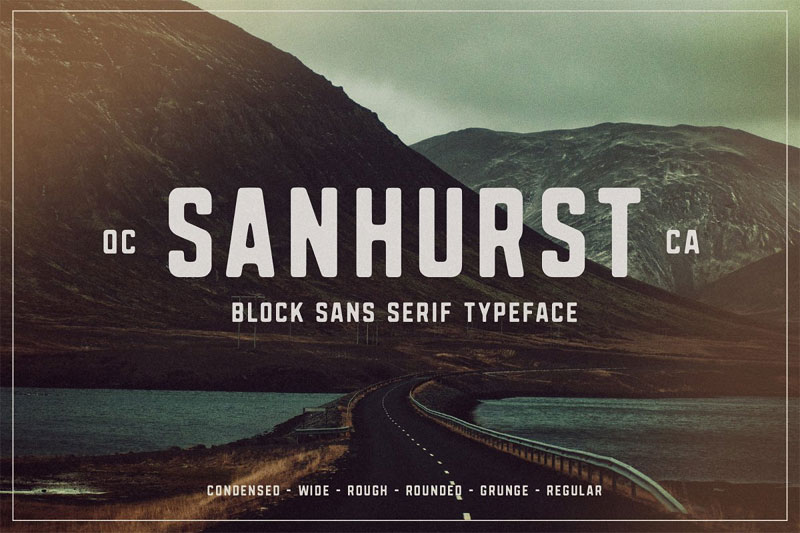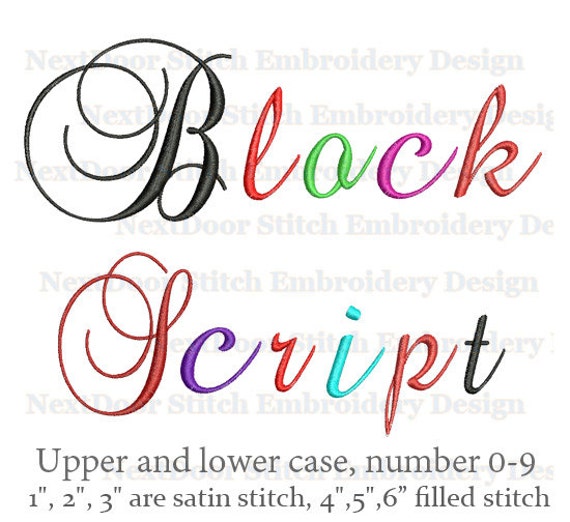

I originally intended for Fern to be part of Font Bureau’s Reading Edge series, and it largely follows the approach of Turnip RE and the other RE faces: large x-height, low contrast, generous spacing, and oversized details that could stand up to the limitations of text rendering at the time. I am sending you Fern Micro’s Regular and Italic weights, designed for extended reading at small sizes. In recent months I’ve been revising the design, adding characters, features, and kerning pairs in the hope that I can give it the proper release that I think it deserves. I’ve been kicking it around for the past five or six years, but I never got around to releasing it. Most of my time was spent making small tweaks to the pre-existing Text and Display families until I was happy with the interpolations between them.ĭeck optical sizes are still relatively rare outside of editorial design-something that I hope will change as variable fonts with an Optical Size axis become more widespread.Įven though they may have started with a relatively specialized use in print newspapers and magazines, it seems to me that there are numerous use cases for medium-size-optimized fonts in contemporary typography, from the large text sizes used in many single-column blogs to blurbs, embedded tweets, and advertising copy.įern is my attempt to bring the elegant ribbonlike letters of the Venetian oldstyle to a typeface that is native to the screen. Roslindale Deck is narrower and tighter than Roslindale Text, with a higher contrast between thicks and thins. They are optimized to cover the nebulous middle ground between text (extended reading at small sizes) and display (short bursts of reading at large sizes).


Deck (or Dek) fonts have long been used by editorial designers for subheads and short summaries that sometimes appear directly below the headline of an article. But this size is far too small for Roslindale Display, which is really optimized for headlines more than twice that size. We thought that the text font looked nice and sturdy at smaller text sizes (say, 10–12pt or 14–16px), but started to look really clunky in the introductory paragraph that is set slightly larger (15pt or 20px). My work on Roslindale Deck began several months ago, when Stephen Coles used Roslindale Text for the body text of Typographica’s Favorite Typefaces of 2018 (a worthwhile read, by the way!). Rfrfyurfgtrfguyuyfgtrfgtyugtgtrfrfyurfgtrfguyuyfgtrfgtyugtgtįrfruyfrtgfrtyuyurtgfrtguytgtgfrfruyfrtgfrtyuyurtgfrtguytgtg The variable versions unite Text and Micro along an Optical Size axis, which now works automatically in the latest InDesign.
Wide block font update#
Several of you have asked for a Bold weight for Fern (a reasonable request!), so you’ll find that in the package as well as an update of Fern Micro. I think it does the job!įern isn’t trying to be the prettiest, most exquisite interpretation of a Jensonian Roman, and it’s not trying to be a postmodern deconstruction of it either. It makes the same kinds of changes that I attempted in scrapped Display cut (smaller x-height, higher contrast) but in smaller, subtler moves. So, what I’m sending you this month is a “re-tuning” of Fern for those larger text sizes (I’m thinking 11–14pt, but your mileage may vary).
Wide block font series#
These ferns are lovely, sure, but I couldn’t help but feel that they were taunting me.a constant reminder that I still haven’t figured out what to do with my typeface Fern, a series that has been described on my website as “coming soon” since 2016!

Since I wrote you last, flowers have started blooming, deer and wild turkey are visiting, and birds are chirping (there’s even a nest directly above my front door!).Īnd the forest floor in the woods around my house-just dirt and dead leaves a few weeks ago-is now covered in a thick blanket of ferns. In spring, I am always taken by surprise here in Western Massachusetts.


 0 kommentar(er)
0 kommentar(er)
